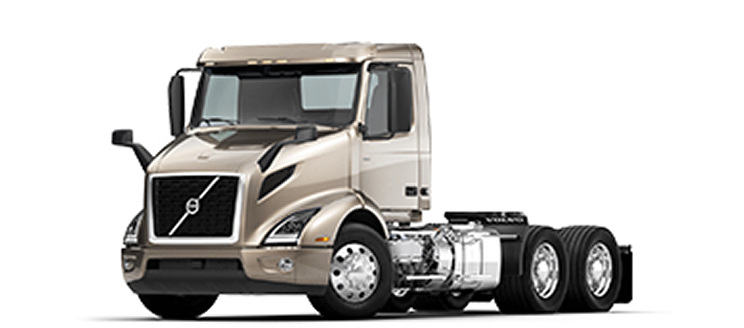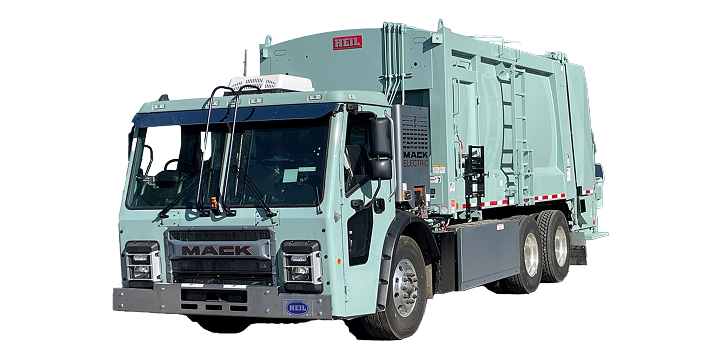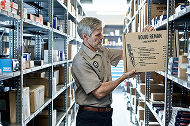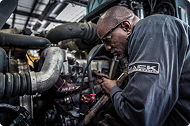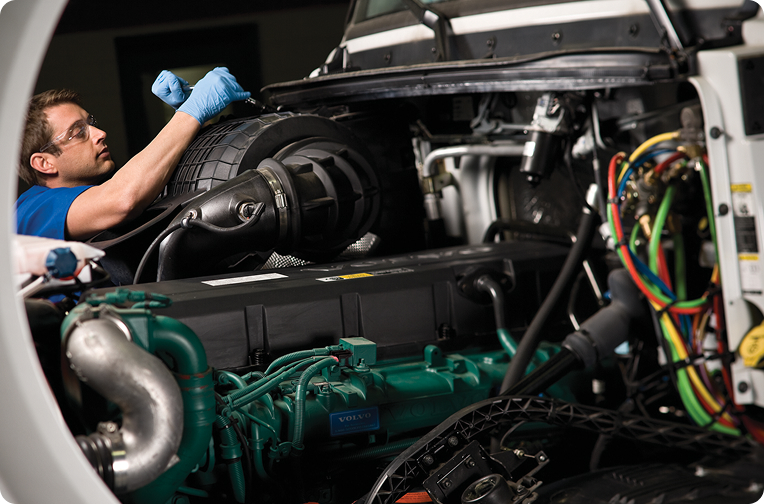The trucking industry is a pivotal force in economies worldwide, employing millions of drivers and serving as the lifeline for transporting goods. With global populations rising, the demand for goods continues to surge, solidifying the trucking sector as one of the most substantial employment providers, particularly in developed nations. Those seeking opportunities can explore available CDL driver jobs to join this robust industry.
Safety remains paramount for truck drivers and their cargo, prompting manufacturers to prioritize safety features in truck design and operations.
Technological advancements have taken center stage in enhancing safety standards for truckers. Given the substantial weight of an average truck and the challenging road conditions, incorporating safety features and gadgets to assist drivers has become imperative. Let’s explore these advancements and their contributions to trucking safety:
Dash Cameras:
Embraced by fleets worldwide, road-facing and driver-facing dash cameras offer multifaceted benefits. Besides aiding insurance companies in leveraging collected data, these cameras provide drivers with evidence to prove their innocence in incidents where they aren’t at fault. Fleet managers use footage to assess driver performance, focusing on metrics like acceleration, braking, and cornering to coach drivers effectively.
Artificial Intelligence (AI)-Powered Applications:
Across industries, AI-powered applications have spurred efficiency and automation. In trucking, data from sensors and telematics fuel machine learning models to enhance cost efficiency, safety, and productivity.
Collision Mitigation Technology:
Integrating cameras, radar, and lasers, this advanced system predicts and prevents potential crashes by alerting drivers through audible warnings or steering wheel vibrations when they approach other vehicles or veer from their lane. Autonomous braking, initiated by the vehicle, significantly reduces accidents, especially in adverse weather conditions like heavy rain or snow, resulting in fewer injuries and fatalities.
Hands-Free Devices:
Addressing the hazards of phone use while driving, hands-free devices enable drivers to take calls without distraction, complying with laws prohibiting mobile phone use during driving. Comfort becomes key during prolonged driving hours, making features like padded earpieces, superior sound quality, and noise cancellation highly sought-after among truck drivers.
The Federal Motor Carrier Safety Administration’s (FMCSA) data revealed that 32% of fatal truck accidents stemmed from driver error, predominantly speeding and distraction. In 2020, 4,842 large trucks were involved in accidents, constituting 9% of all vehicles in fatal crashes. Integrating features such as truck-specific GPS and telematics becomes crucial in augmenting driver safety and cargo protection, eventually contributing to the industry’s success by bolstering the bottom line.
Driver Monitoring Systems (DMS):
Driver Monitoring Systems (DMS) utilizes advanced sensors and cameras within the truck’s cabin to track the driver’s behavior and alertness. These systems monitor parameters such as eye movement, head position, and drowsiness. If signs of fatigue or distraction are detected, the system issues warnings to the driver, advising them to take a break or rest, thereby preventing potential accidents caused by driver fatigue.
Enhanced Telematics Solutions:
Telematics systems have evolved beyond basic GPS tracking. Advanced telematics solutions now offer real-time monitoring of various vehicle parameters such as engine performance, fuel efficiency, and maintenance needs. Additionally, they provide insights into driver behavior, including speed patterns, harsh braking, and acceleration tendencies. By analyzing this data, fleet managers can offer targeted training to drivers, encouraging safer driving habits and reducing the risk of accidents.
Weather Forecasting and Road Condition Alerts:
Integrating weather forecasting technology into trucking systems enables drivers to receive real-time updates on weather conditions along their routes. These systems provide alerts about hazards such as storms, heavy rainfall, or icy roads. With this information, drivers can adjust their routes and driving speed or take necessary precautions, minimizing the risk of accidents caused by adverse weather conditions.
As technology evolves, ongoing innovations in trucking safety measures promise a future where drivers operate with increased security, efficiency, and confidence on the roads.


